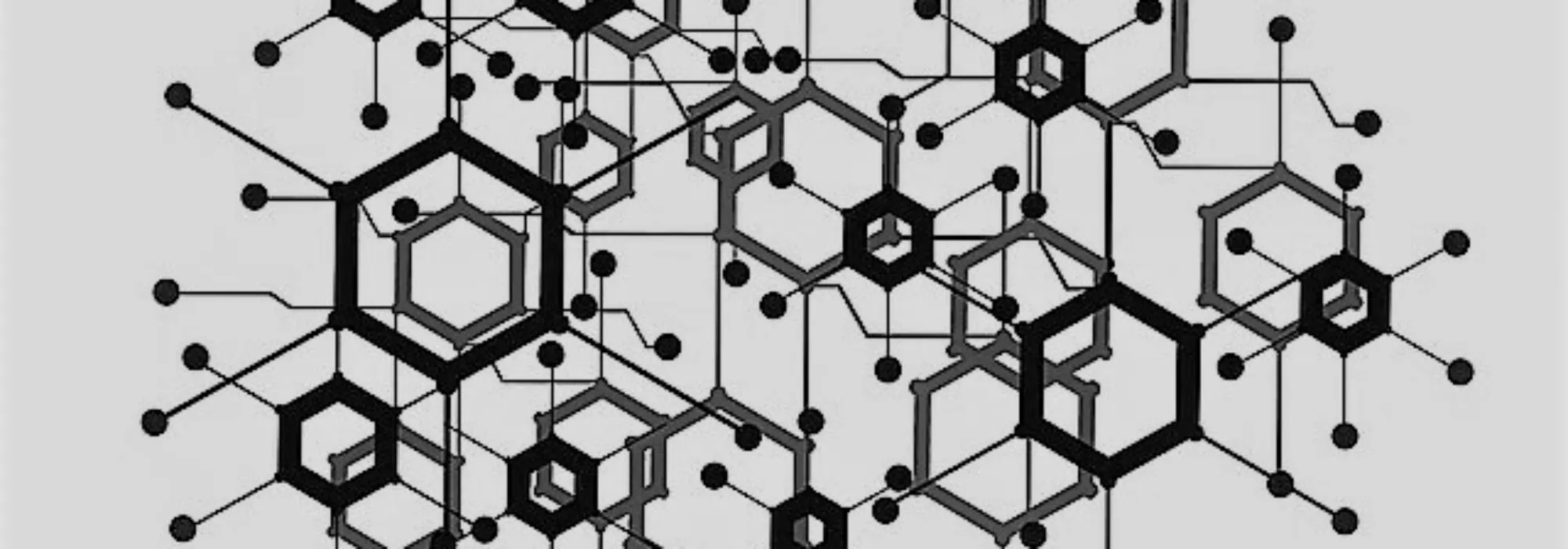
We measure the effectiveness of researchers by how many papers they publish, or how many citations they get. A new measure developed by Hsie et al. (2018) ranks them by their influence on the work of their colleagues too.
Through collaborations researchers create spillovers (synergies) for one another, and also other researchers indirectly linked to them in a collaboration network. Hsie et al. (2018) leverage co-authorship network data for economics to study the impact of these spillovers on total research output. By taking into account spillovers, their results show that the most productive researchers are not necessarily those with the most papers or citations. Instead, the most productive researchers are not only highly cited, but are also very good at collaborating with other researchers in teams. They motivate their coauthors, and tend to induce higher effort levels in their collaborating partners. In other words, they are good networkers and thus hold central positions in the collaboration network. The novel ranking measure developed in Hsie et al. (2018) ranks researchers higher if they occupy a central position in the co-authorship network.
Research has also important societal benefits, it needs to be funded, and the resources to do so are limited. The network approach also has implications for how research can be funded optimally in the presence of spillovers. Indeed, Hsie et al. (2018) find that current research funding schemes appear to be ill-designed to take advantage of the spillover effects generated in scientific knowledge production networks. They show that the optimal funding policy outcomes deviate substantially from the ones currently implemented by policymakers when we incorporate the co-authorship (network) externality in the policymaker’s objective function.
Sources:
- Hsie, C. S., M. D. König, X. Liu and C. Zimmermann (2018), Superstar economists: Co-authorship networks and research output, CEPR Discussion Paper 13239.
- Hsie, C. S., M. D. König, X. Liu and C. Zimmermann (2018), How researcher rankings and research funding instruments can gain from information about co-authorship networks, VOX CEPR Policy Commentary.
- ‘Superstar Economists’, interview with Michael König on vox.talks (2018)
September, 2019